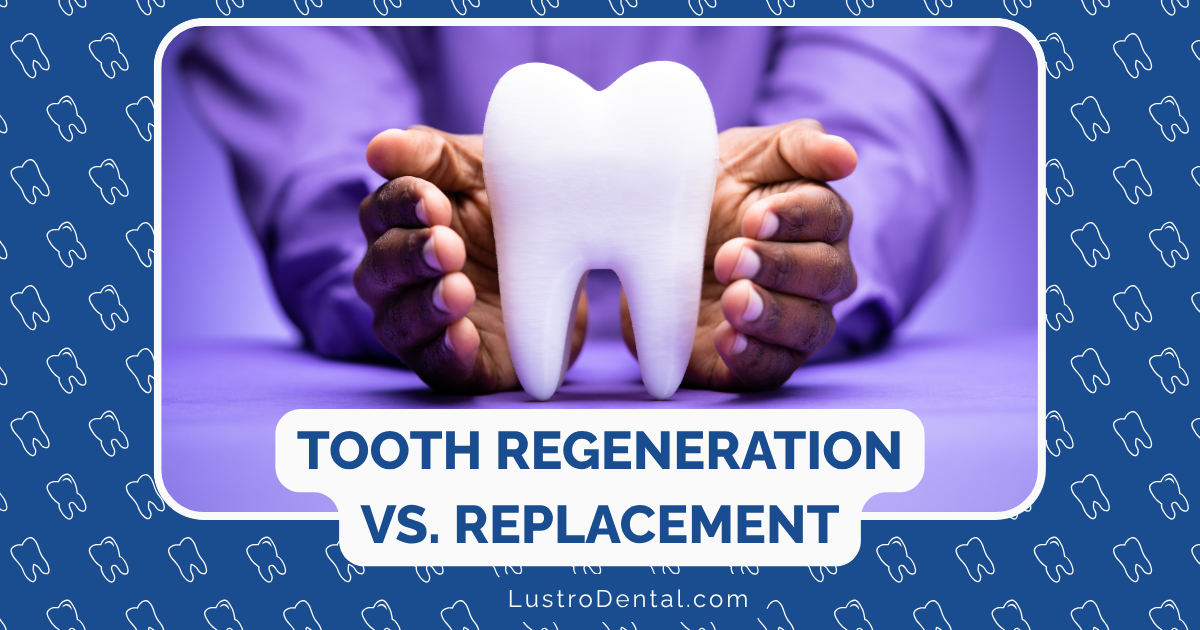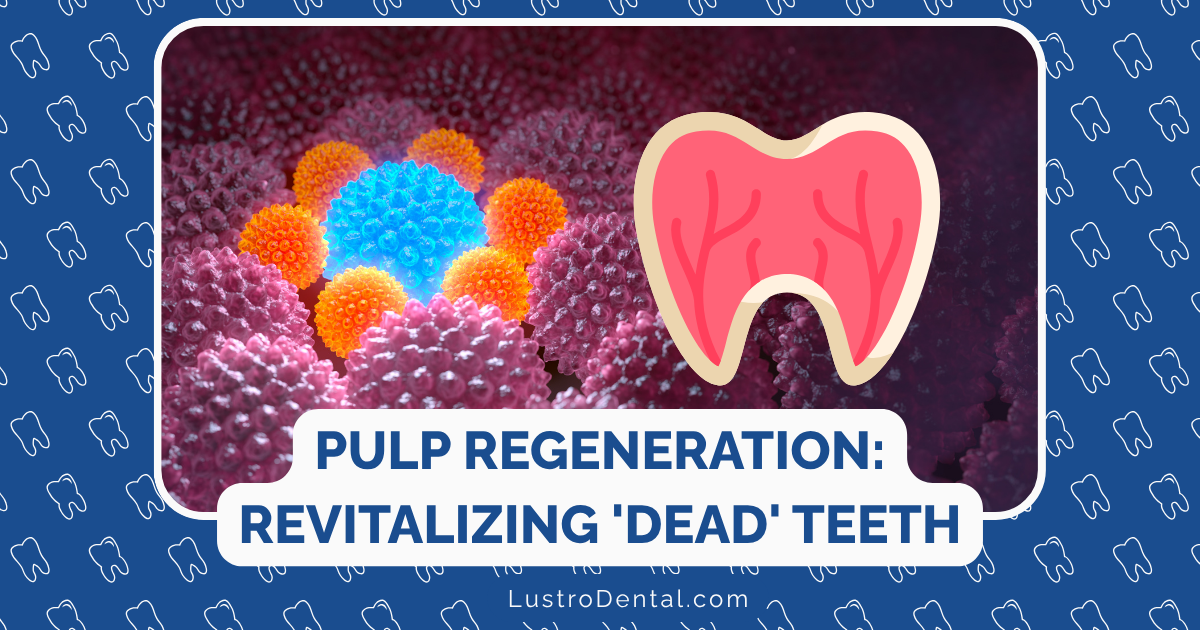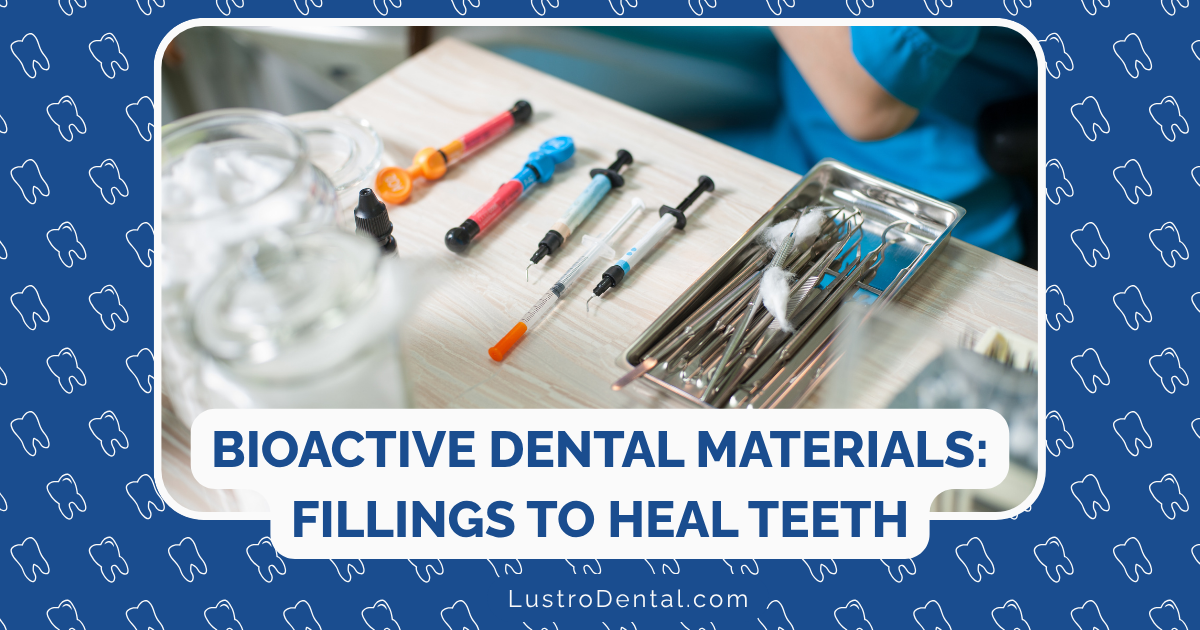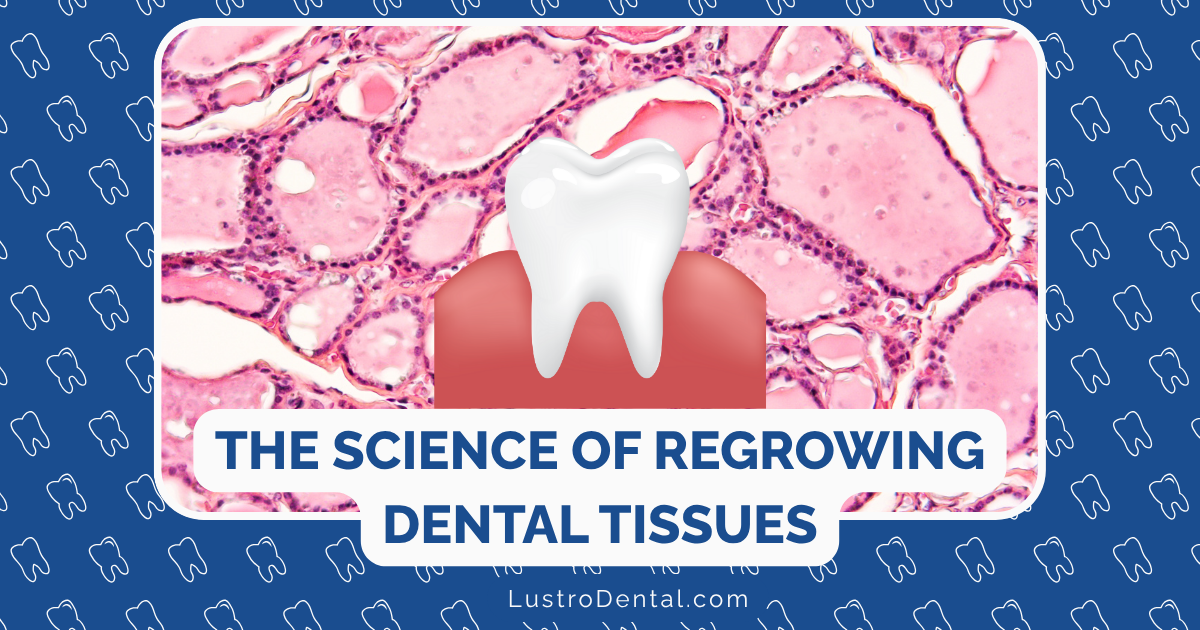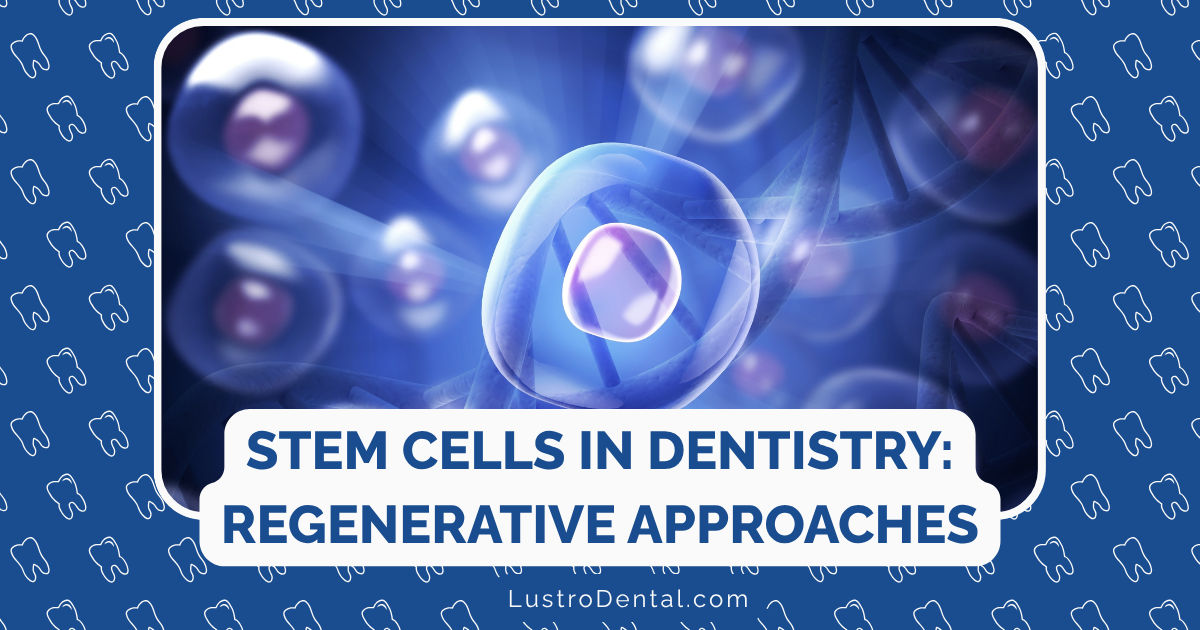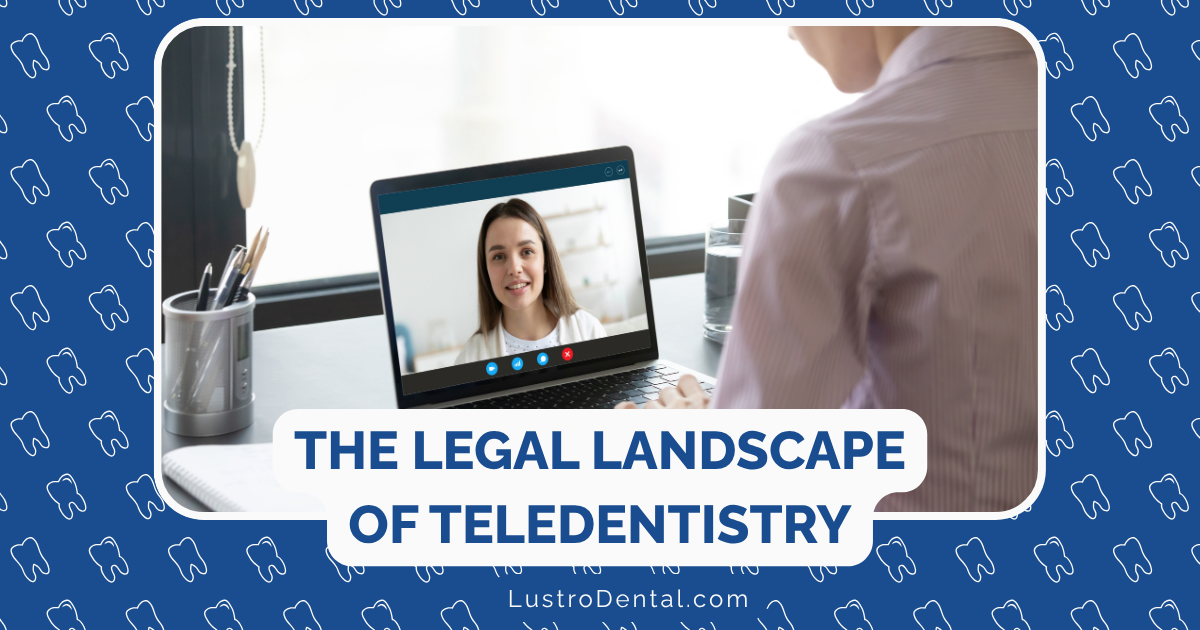Pain-Free Dentistry: How Lasers Are Eliminating the Need for Anesthesia
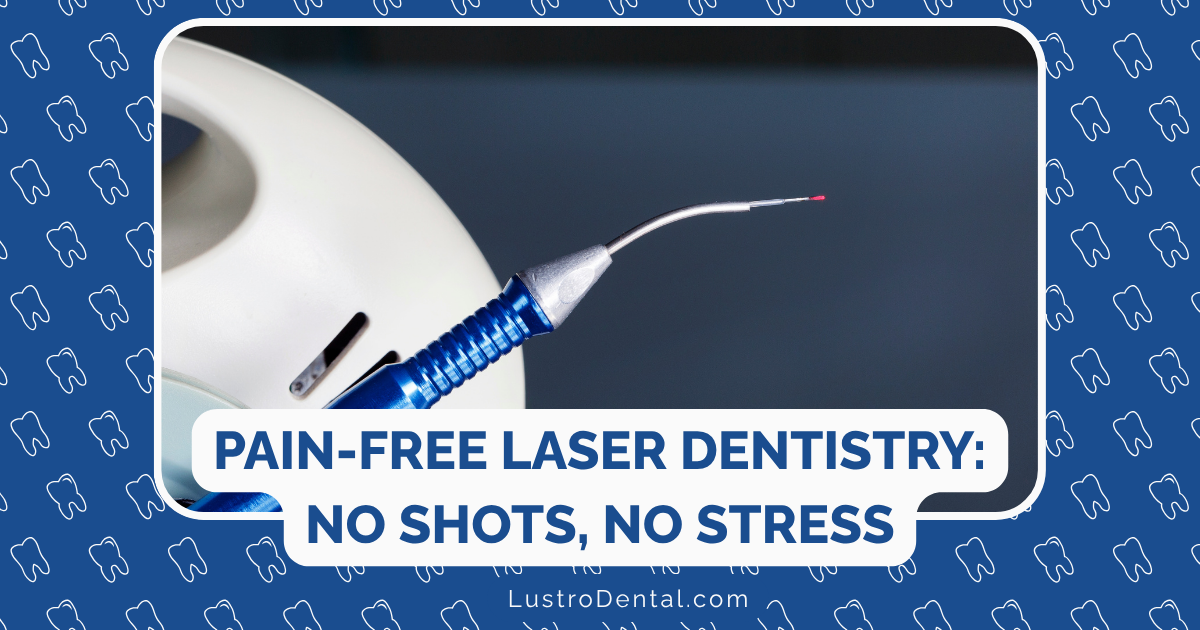
The whir of the drill. The pinch of the needle. The numb, swollen feeling that lingers for hours afterward. For many people, these sensations represent the primary reasons they avoid dental care. Dental anxiety affects an estimated 36% of the population, with 12% suffering from extreme dental fear, according to the Journal of Dental Research. But what if these fear-inducing elements could be eliminated from the dental experience?
Enter laser dentistry—a revolutionary approach that’s transforming the patient experience by reducing or even eliminating the need for anesthesia while providing pain-free treatment. This technology isn’t just changing procedures; it’s changing perceptions about dental care itself.
The Problem with Traditional Dentistry
Before exploring the laser revolution, it’s worth understanding why traditional dental procedures can be uncomfortable:
The Mechanical Nature of Traditional Tools
Conventional dental tools like drills and scalers work through direct mechanical action—they physically contact and remove tooth structure or debris. This mechanical interaction creates:
- Pressure: The physical force applied to the tooth
- Vibration: The high-frequency movement transmitted to dental nerves
- Heat: Generated by friction, which can stimulate pain receptors
- Sound: The characteristic high-pitched whine that triggers anxiety responses
Dr. Mark Schlesinger, clinical professor at the University of California School of Dentistry, explains: “The mechanical nature of traditional dental tools means they stimulate multiple sensory pathways simultaneously—pressure, temperature, and vibration. This creates a perfect storm for discomfort that requires anesthesia to manage.”
The Limitations of Anesthesia
While local anesthesia effectively blocks pain during procedures, it comes with several drawbacks:
- Fear of needles: For many patients, the injection itself is the most anxiety-inducing part of treatment
- Incomplete numbing: Some patients, particularly those with certain anatomical variations or infections, may not achieve full anesthesia
- Lingering numbness: The effects can last for hours after the procedure, affecting speech, eating, and daily activities
- Side effects: Some patients experience dizziness, headaches, or heart palpitations
- Contraindications: Medical conditions or medications may limit anesthesia options
These challenges have driven the search for alternatives that can provide comfortable care without these limitations.
Understanding Laser Dentistry: The Science Behind Pain-Free Care
Laser dentistry represents a fundamentally different approach to dental procedures. Instead of mechanical action, lasers use light energy to interact with tissues in highly specific ways.
How Dental Lasers Work
The word “LASER” stands for Light Amplification by Stimulated Emission of Radiation. In simple terms, a laser produces an intense, narrow beam of light at a specific wavelength. Different wavelengths interact with different tissues in unique ways.
When used in dentistry, lasers can:
- Vaporize: Remove decay or soft tissue with precision
- Cut: Create clean incisions without mechanical pressure
- Sterilize: Kill bacteria in treated areas
- Coagulate: Seal blood vessels to reduce bleeding
- Stimulate: Promote healing and tissue regeneration
Types of Dental Lasers
Several types of lasers are used in dentistry, each with specific applications:
Hard Tissue Lasers
These lasers, like the Er:YAG (erbium-doped yttrium aluminum garnet) and Er,Cr:YSGG (erbium, chromium-doped yttrium scandium gallium garnet), are primarily used for procedures involving tooth structure:
- Cavity preparation
- Removing old fillings
- Preparing teeth for restorations
- Treating sensitivity
The Er:YAG laser, for example, operates at a wavelength that’s highly absorbed by water and hydroxyapatite (a main component of tooth enamel). This allows it to effectively remove decay while minimizing the impact on surrounding healthy tissue.
Soft Tissue Lasers
Diode lasers and Nd:YAG (neodymium-doped yttrium aluminum garnet) lasers are absorbed by hemoglobin and melanin, making them ideal for soft tissue procedures:
- Gum reshaping
- Treating periodontal disease
- Frenectomy (releasing tongue or lip ties)
- Treating canker sores and cold sores
- Biopsies
All-Tissue Lasers
The newest generation of dental lasers, like the Solea CO₂ laser, can effectively treat both hard and soft tissues, offering versatility across a wide range of procedures.
Research published in the Journal of the American Dental Association indicates that these advanced lasers can address approximately 80-90% of routine dental procedures with reduced or no anesthesia.
How Lasers Eliminate the Need for Anesthesia
The pain-free nature of laser dentistry isn’t magic—it’s based on solid scientific principles that address the fundamental causes of dental pain.
1. Precision Targeting
Unlike traditional tools that affect large areas, lasers can target decay or diseased tissue with microscopic precision, often leaving healthy tissue completely untouched. This selective approach minimizes trauma and inflammatory responses that trigger pain.
2. The Analgesic Effect
Certain laser wavelengths temporarily disrupt nerve transmission, creating an analgesic (pain-reducing) effect in the treatment area. According to research in the International Journal of Laser Dentistry, this neural inhibition can reduce or eliminate the need for injectable anesthetics in many procedures.
3. Hydro-Photonic Technology
Many modern dental lasers incorporate water, creating what’s called a hydro-photonic effect. Dr. Lisa Johnson, a laser dentistry specialist, explains how this works: “The water molecules are energized by the laser, creating microscopic water droplets that absorb heat and prevent temperature rise in the tooth. This eliminates the thermal stimulation that typically causes pain during dental procedures.”
4. Reduced Vibration and Pressure
Lasers operate without direct mechanical contact, eliminating the vibration and pressure associated with traditional drills. Since mechanical stimulation is a primary trigger for dental pain, its absence significantly enhances comfort.
5. Psychological Factors
The elimination of the drill noise and needle can dramatically reduce anxiety, which in turn lowers perceived pain. This psychological component shouldn’t be underestimated—studies in the Journal of Dental Anxiety have shown that anxiety reduction alone can significantly improve pain tolerance during dental procedures.
Real-World Applications: Procedures That Benefit from Laser Technology
The applications of pain-free laser dentistry span virtually all aspects of dental care:
Cavity Preparation and Fillings
Traditional cavity preparation involves drilling, which typically requires anesthesia and removes significant healthy tooth structure along with decay. Laser preparation is fundamentally different:
- The laser precisely targets only the decayed portion
- The procedure is often completely pain-free without anesthesia
- More healthy tooth structure is preserved
- The laser sterilizes the area, potentially improving long-term outcomes
- The prepared surface bonds better with composite materials
A clinical study published in the Journal of Conservative Dentistry found that 93% of patients who experienced both traditional and laser cavity preparation preferred the laser approach, with 87% requiring no anesthesia during the laser procedure.
Gum Disease Treatment
Periodontal disease treatment traditionally involves scaling and root planing—a process that can be uncomfortable and often requires numbing. Laser-assisted periodontal therapy offers a gentler alternative:
- The laser selectively removes diseased tissue
- Bacterial reduction is more complete
- The procedure stimulates regeneration of healthy attachment
- Comfort levels allow for treating multiple quadrants in a single visit
- Recovery time is significantly reduced
The LANAP (Laser-Assisted New Attachment Procedure) protocol, cleared by the FDA, has demonstrated remarkable success in treating periodontal disease with minimal discomfort. According to the Academy of Periodontology, laser protocols can achieve comparable or better results than traditional methods with significantly less patient discomfort.
Soft Tissue Procedures
Procedures involving gum tissue—like crown lengthening, gingival recontouring, or frenectomies—traditionally required scalpels, sutures, and significant recovery time. Laser alternatives offer:
- Precise tissue removal without bleeding
- No need for sutures in most cases
- Immediate sterilization of the treatment area
- Minimal post-operative discomfort
- Faster healing with less scarring
Dr. Samuel Chen, director of the Institute for Advanced Laser Dentistry, notes: “The ability to perform soft tissue procedures without anesthesia, bleeding, or sutures has transformed our approach. Patients who previously would have been referred to specialists can now have these procedures completed comfortably in a general practice setting.”
Pediatric Applications
Perhaps no group benefits more from pain-free dentistry than children. Dental experiences during childhood can shape attitudes toward oral healthcare for life. Laser dentistry offers particular advantages for young patients:
- Reduced anxiety without the drill noise or needle
- Shorter appointment times
- Minimally invasive approaches that preserve more natural tooth structure
- Better cooperation due to increased comfort
- Potential for treating multiple areas in a single visit
Research in the Journal of Pediatric Dentistry found that children treated with dental lasers showed significantly lower anxiety scores and better treatment acceptance compared to those receiving traditional care.
The Patient Experience: What to Expect
For those considering laser dentistry, understanding the experience can help manage expectations:
Before Treatment
- Consultation: The dentist will evaluate whether your specific condition is suitable for laser treatment.
- Discussion: You’ll learn about the procedure, expected outcomes, and any preparation needed.
- Preparation: Unlike traditional dentistry, there’s typically no need for extensive numbing procedures before treatment begins.
During the Procedure
- Protection: Both you and the dental team will wear special protective eyewear designed for the specific laser wavelength being used.
- Sensation: Most patients report feeling a mild warming sensation or slight pressure, but rarely pain.
- Duration: Many procedures are completed more quickly than traditional methods, though this varies by the specific treatment.
- Communication: Because you’re not numb, you can provide immediate feedback to your dentist throughout the procedure.
After Treatment
- Immediate Recovery: Without anesthesia, there’s no waiting period for numbness to subside.
- Reduced Medication: Most patients require minimal or no pain medication following laser procedures.
- Faster Healing: The laser’s sterilizing and biostimulation effects promote quicker tissue recovery.
- Fewer Restrictions: Dietary and activity limitations are typically less restrictive than with traditional procedures.
Sarah M., a patient who recently experienced laser dentistry for the first time, shares: “After years of dreading dental visits, my laser treatment was nothing short of revolutionary. No needle, no drilling sound, and I was able to eat lunch immediately afterward. I didn’t even realize the procedure was finished until my dentist told me!”
Limitations and Considerations
While laser dentistry offers remarkable benefits, it’s important to understand its limitations:
Not Universal for All Procedures
Some dental situations still require traditional approaches:
- Very large existing metal fillings that need replacement
- Certain crown preparations
- Some complex root canal procedures
- Teeth with extensive damage
Investment Considerations
Laser technology represents a significant investment for dental practices, which can affect treatment costs. However, many patients find the improved experience worth the potential premium, and as the technology becomes more widespread, costs continue to decrease.
Training and Expertise Matter
The effectiveness of laser dentistry depends heavily on the practitioner’s training and experience. The Academy of Laser Dentistry recommends seeking dentists with specific certification in laser procedures.
Insurance Considerations
Coverage for laser procedures varies by provider. Many insurance companies now recognize laser alternatives, though some may still classify certain procedures as “premium” options.
Finding a Laser Dentist: Questions to Ask
If you’re interested in experiencing pain-free laser dentistry, consider these questions when searching for a provider:
- What types of lasers do you use, and for which procedures? Different lasers have different applications, and not all practices offer the full range of laser treatments.
- What percentage of your procedures are performed with lasers? This helps gauge the dentist’s experience and commitment to laser technology.
- What specific training and certifications do you have in laser dentistry? Look for dentists with certification from recognized organizations like the Academy of Laser Dentistry.
- Can you provide before-and-after examples of cases similar to mine? This helps set realistic expectations for your specific situation.
- What percentage of your laser procedures require supplemental anesthesia? While many procedures can be performed without anesthesia, this varies by the specific treatment and individual pain tolerance.
The Future of Pain-Free Dentistry
The field of laser dentistry continues to evolve rapidly. Current developments suggest several exciting directions:
AI Integration
Artificial intelligence is being incorporated into laser systems to optimize settings for individual patients and specific procedures, further enhancing precision and comfort.
Expanded Applications
Researchers are developing new protocols for using lasers in increasingly complex procedures, potentially expanding the range of treatments that can be performed without anesthesia.
Improved Accessibility
As more dentists adopt laser technology and manufacturing scales up, these tools are becoming more affordable and accessible to a wider range of practices and patients.
Combined Technologies
The integration of lasers with other advanced technologies, such as 3D imaging and CAD/CAM systems, is creating comprehensive digital workflows that further enhance the patient experience.
Conclusion: A New Era in Dental Care
The elimination of anesthesia through laser dentistry represents more than just a technological advancement—it’s a paradigm shift in how we approach oral health. By removing the primary sources of fear and discomfort from dental procedures, lasers are helping millions of people overcome dental anxiety and access the care they need.
For the estimated 9-15% of Americans who avoid dental care entirely due to fear—a statistic reported by the American Dental Association—this technology offers a compelling reason to reconsider. Pain-free dentistry isn’t just more comfortable; it’s opening doors to improved oral health for those who have long avoided traditional care.
As laser technology continues to advance and become more widespread, the days of the dreaded dental drill and needle may soon be nothing but a memory—replaced by gentler, more precise approaches that prioritize patient comfort without compromising clinical outcomes.
Have you experienced laser dentistry? Share your experience in the comments below!


